What Happened to the Chilihueques? The Legacy of a Lost Species
- Tina Gambell
- Sep 8, 2024
- 1 min read
Introduction: A Species Lost to Time

Despite their cultural importance, the chilihueques eventually vanished. What led to their disappearance, and what can we learn from their extinction?
The Arrival of European Livestock
The arrival of Europeans in the 17th century marked a turning point for many indigenous species in South America, and the chilihueques were no exception. The introduction of horses and sheep likely disrupted the island's ecosystem and diminished the importance of the chilihueques.
“Bonacic (1991) described them as a group of camelids that existed during Pre-Hispanic and early colonial times... which went extinct during the 16th or 17th century, likely due to the arrival of the European horse and sheep.” (Westbury et al., 2016)
The Extinction of the Chilihueques
While there are no records of exactly how or when the last chilihueque died, their extinction was likely a gradual process. As the island's society became more reliant on new forms of livestock, the chilihueques slowly faded from daily life.
“The term ‘chilihueque’ was merely a local term for a guanaco.” (Westbury et al., 2016)
Lessons from the Past
The extinction of the chilihueques is a reminder of how fragile ecosystems can be, particularly in isolated environments like Isla Mocha. Their story provides valuable insights into the consequences of human activity on biodiversity.
Conclusion: A Legacy That Endures
Although the chilihueques are gone, their legacy endures through the archaeological and genetic evidence left behind. They remind us of the deep connections between humans and the animals that have shaped our cultures throughout history.
Acknowledgements: I’d like to extend my gratitude to Keith Payne for sharing the document that made this series possible.

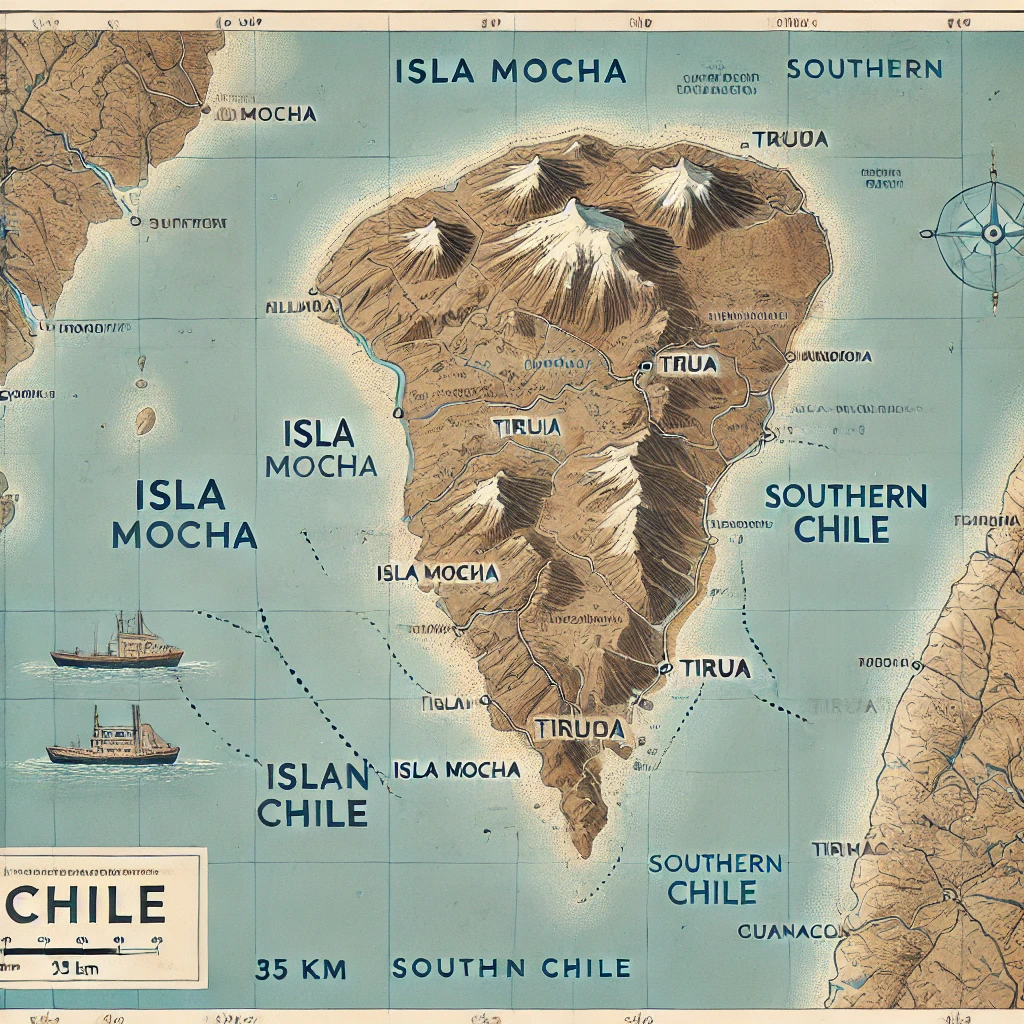
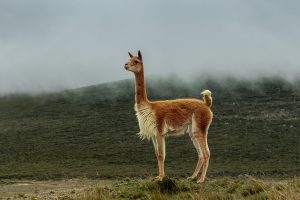
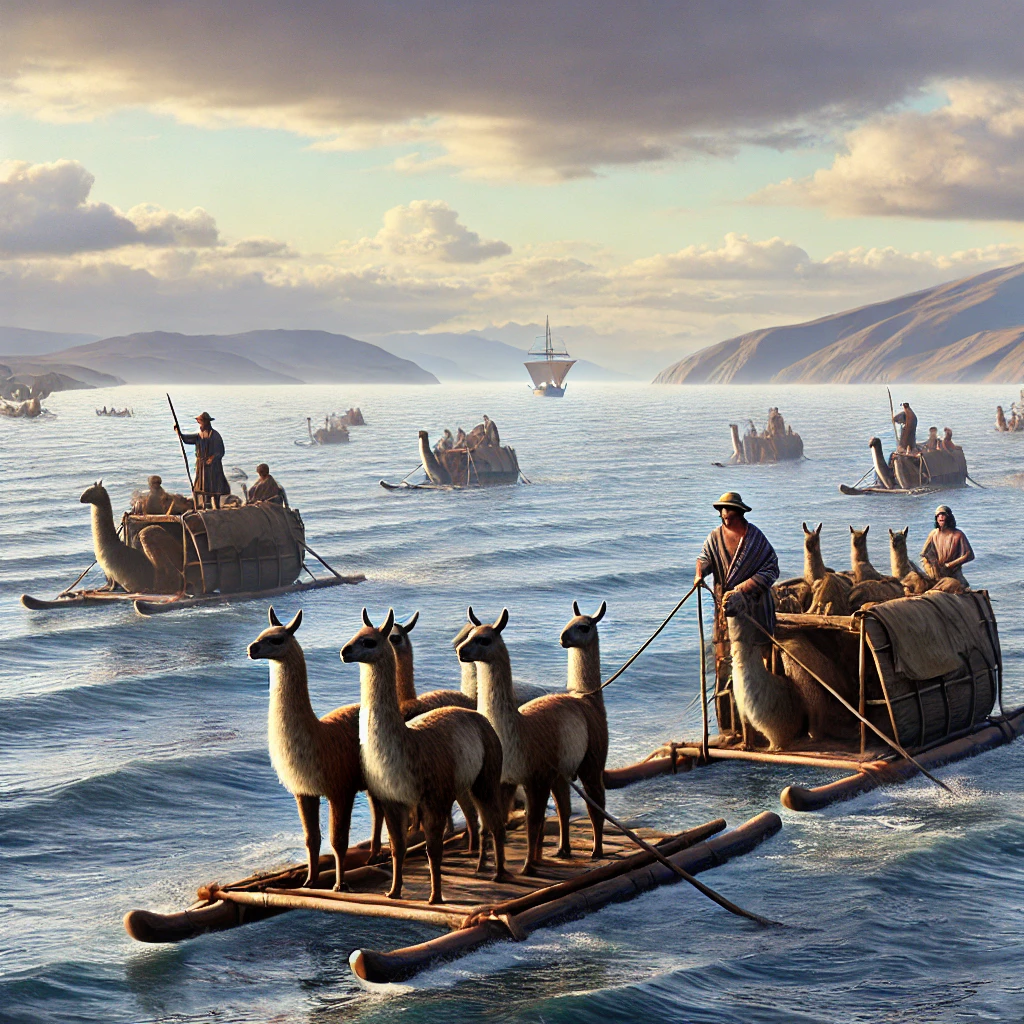

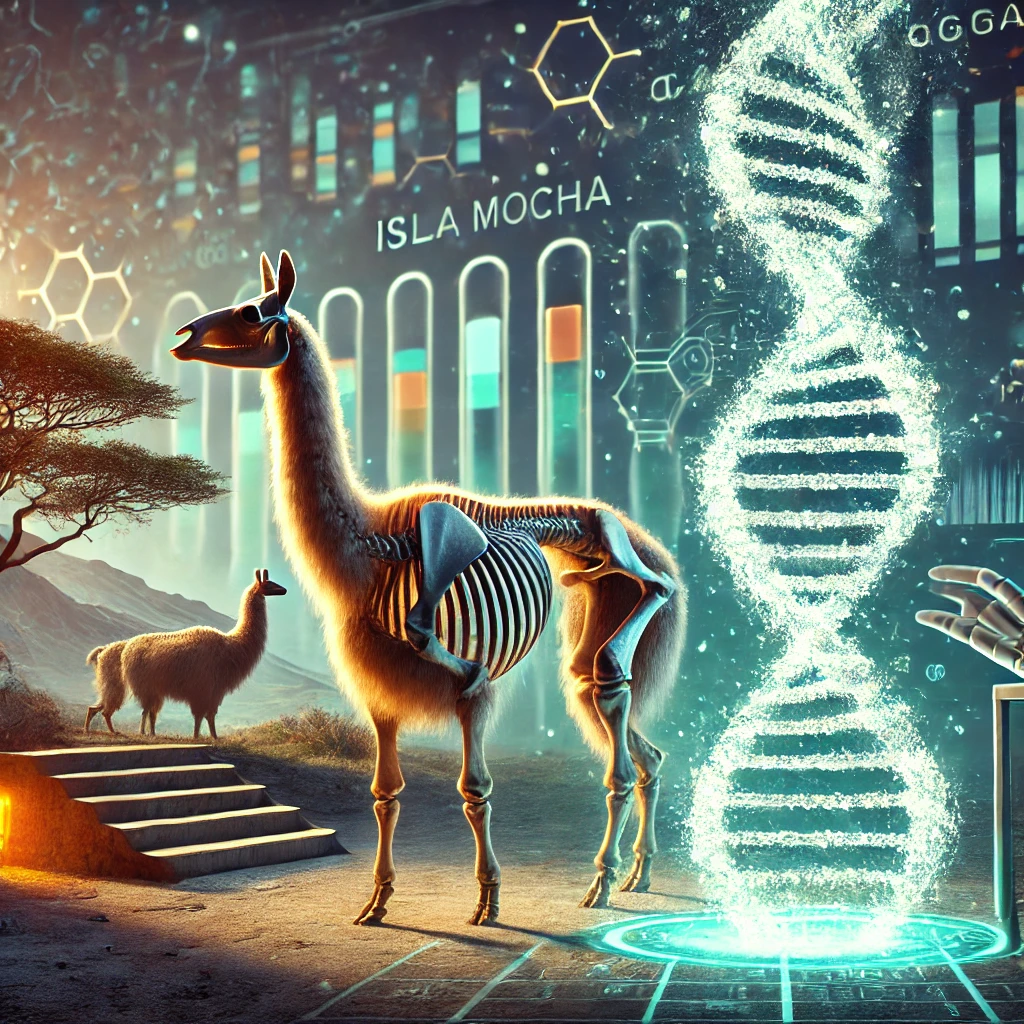

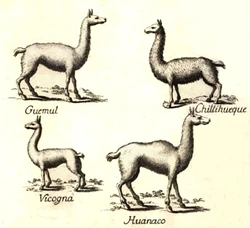



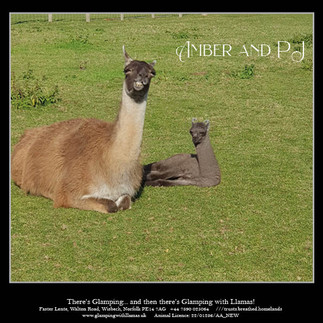
コメント